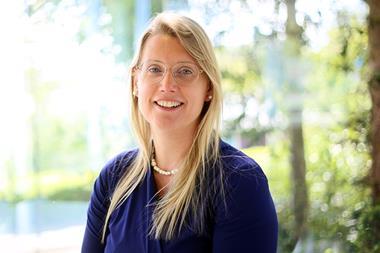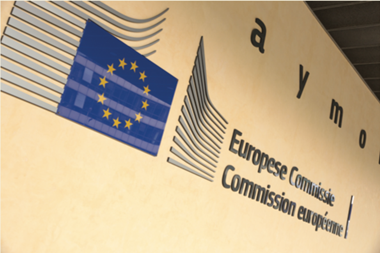More robust measures are necessary to close the funding gap that the first pillar pension system in Switzerland will face, likely also after changes approved through the reform last year, according to an analysis published by UBS.
The value-added tax (VAT) would have to be increased by approximately 1.5 -2.0 percentage points, immediately, to generate further income required to finance the AHV through the public of around CHF5bn per year, according to the bank.
The reform of the first pillar pension system, passed by parliament and approved in a referendum by the public last year, projected an increase of the VAT by 0.4 percentage points, from the current 7.7%. It will enter into force on 1 January 2024.
To close the funding gap without raising the retirement age or cutting pensions, contributions, totalling CHF32.5bn in 2019, have to increase by 15.5% on average each year, James Mazeau, economist at UBS, said.
Alternatively, public funds, totalling around CHF9.8bn in 2019, could be increased by around 50% to approximately CHF14.5bn, Mazeau added.
This means that with a contribution rate of 10.1%, or an increase in federal funds for the first pillar pension system, taxes in tobacco and alcohol products, from the current 20.2% to 30%, the funding gaps at AHV would disappear, according to the report.
A further option to close funding gaps is to increase the retirement age, a measure foreseen in the upcoming reform that ups the retirement age for women from 64 to 65 years old.
“Raising the retirement age is the only [reform] option that can preserve wealth for all generations,” UBS economist Jackie Bauer said.
The AHV needs structurally higher income to cover expenses. The average contribution rate is currently 8.7 percent of gross income, with the employer and employee each paying half, it said.
WTW to start strategic advisory cooperation
WTW will start on 1 July a strategic partnership with Cologne-based consulting company Bertschat Bietmann Advisory (BAA).
The partnership will complement each firm in their services in order to advise customers in a binding and transparent manner about restructuring processes in companies with consequent job cuts, a statement said.
Hanne Borst, head of retirement at WTW, said: “Together, we developed a forward-looking tool that takes the needs of employees into account.”
Manfred Bertschat, managing director of Bertschat Bietmann Advisory, added: “Employee counselling by independent experts from the Bertschat Bietmann Advisory ensures transparency and provides the basis for employees to take decision.”
PSVsG set to increase contribution rate this year
The Pensions-Sicherungs-Verein VVaG (PSVaG), the mutual insurance association for German occupational pension schemes, will slightly increase the contribution rate for members this year to 2‰ (promille), from 1.8‰ (promille) last year.
In the first half of 2023, the insolvency rate increased significantly compared to the previous year, but on average in line with the past decades, it said.
The lifeboat scheme said it is difficult to make a reliable forecast for the second half of the year, in particular due to the ongoing war in Ukraine, inflation and the signs of a recession.
In 2021, the number of insolvencies stood at 298 among the members of the PSVaG, falling by a further 8% to 275 in 2022. The insolvency rate of member companies was 2.7‰ (promille) last year, the lowest since the inception of PSVaG.
The latest digital edition of IPE’s magazine is now available

















No comments yet